The falsity of ‘Making it’ in the music industry
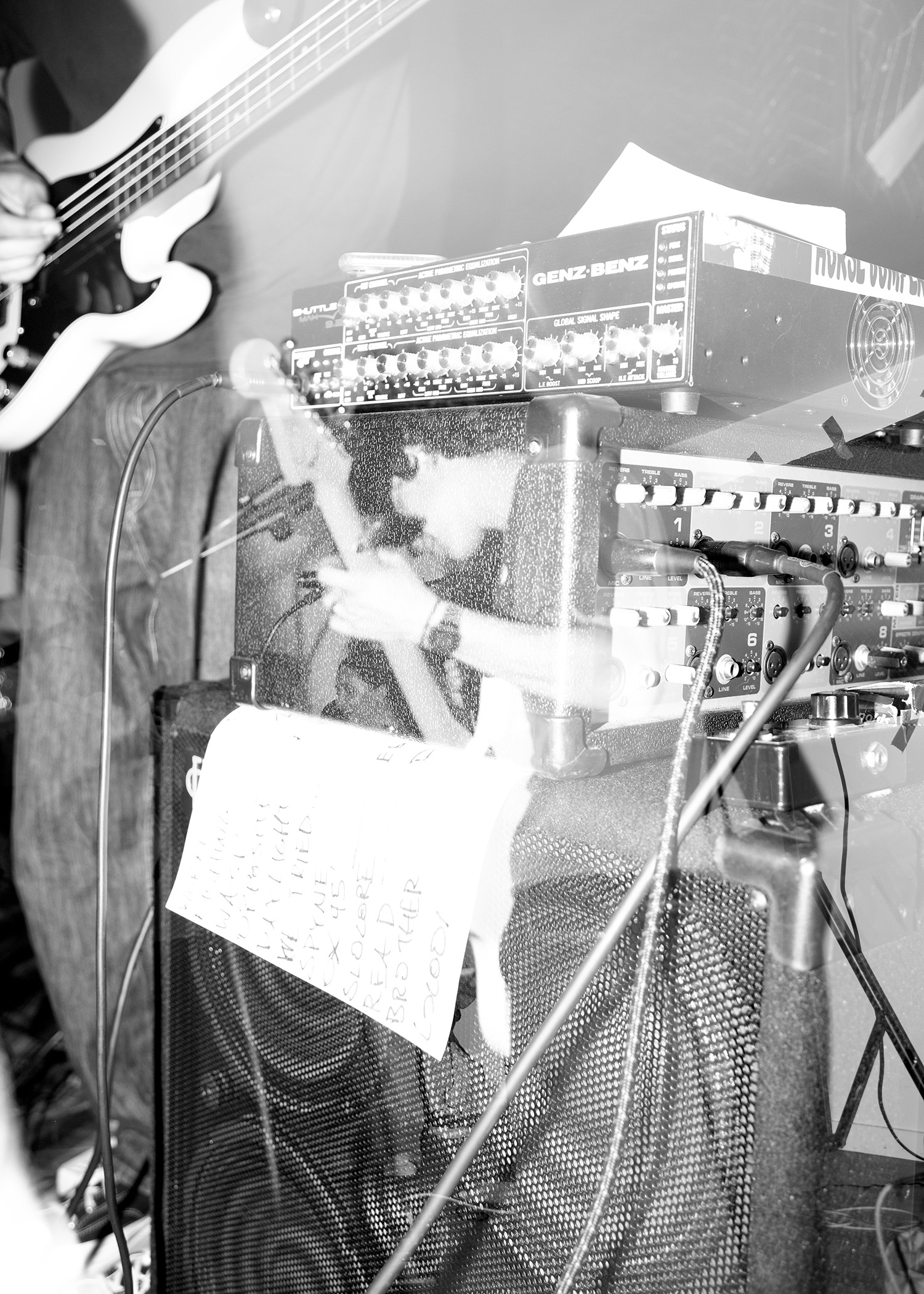
Cable City is a gathering place for scuffed and dusty interfaces — nothing founder and Cal Poly’s Music Production’s senior executive assistant can’t clean up. From salvaging an abandoned church organ from the side of the road to saving up over the summer or finding the right guy on Craigslist, Ryan Marienthal knows his market.
It is described as “finding the borderline of what’s good enough to work.”
The brown-haired stockpiler is leveraging a full-fledged basement-makeshift studio inside his downtown home. Filled with analog mixers, audio interfaces and a roadkill organ, Marienthal is swinging an open door to San Luis Obispo bands and musicians alike to record and document their art.
With the emergence of home studios and software that allows any John Doe with a laptop to make music, it seems obvious — shouldn’t more artists be making it? Yet, this appears to be quite the opposite. While it is easier to make music, it’s even easier to not stand out.
“Making it” in the music industry is a loaded, long-winded ideal, one with many competing definitions of success. With record labels unable to build superstars or foster an artist’s growth (besides a viral TikTok sound), it seems everyone is in it for the long game. That is, a long game of online communities and strategic plays, seeking help from distant internet strangers rather than the bands in their backyards.
The double-edged sword of home studios with a lean into live music
However, San Luis Obispo paints a refreshing scene. Our small but lively college town is one where local bands and producers rely on each other more than empty Discord chats and unanswered Instagram DMs. Cal Poly students are herding the same performances and gatherings, knowing their bands inside and out, like Hollywood celebrities (without the puffed-up comportment). San Luis Obispo’s creative nucleus: the student-oriented producers and nonprofits that make high-quality recording possible.
For Marienthal, giving back to the community is a personal spiel about how anyone can make music, evidenced by the fact that “anyone can make a sound,” he shares.
In the age of technology, an artist is no longer only such but a Swiss Army knife fanned and propped ready to cut, twist and jab into the industry however possible. With marketable 15-second videos and algorithmic coding, small artists now more than ever are interested in brand alignment and promotion.
The resourceful producer believes exposure efforts paired with a fight for streams has musicians pitted against each other, scrambling to survive. With the extent of online distribution, no longer a door opener but a grind.
While he emphasizes the benefit of seeing the “weird stuff” everyone is posting online, a fractured, less legitimate music scene is the result of this decentralization. Most creatives base their passion solely on the internet. Not part of a label nor part of an in-person realm there is nowhere for musicians to look but online.
He spoke slowly but intentionally, spelling out words as if they were letters. “I don’t want to say that they’re doing it selfishly, but they’re doing it alone.”
As much as setting goals and working towards numerical success is inspiring, he feels it’s hard as it is just to get his numbers high enough to earn just a small sum.
“I’ll probably grind my life away because the algorithm won’t push me if I’m not making it” he laments, turning a dial on the large machine in front of him.
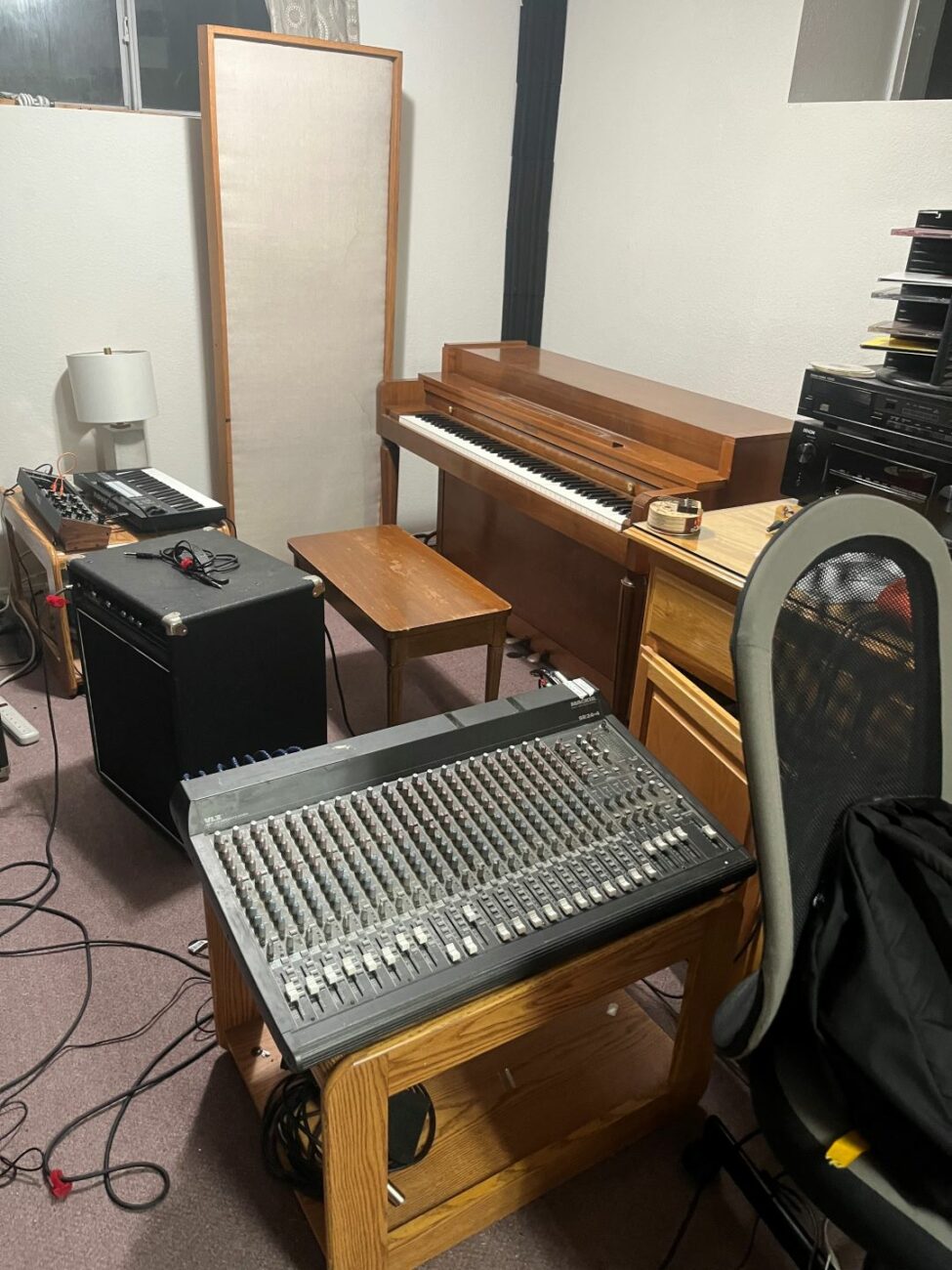
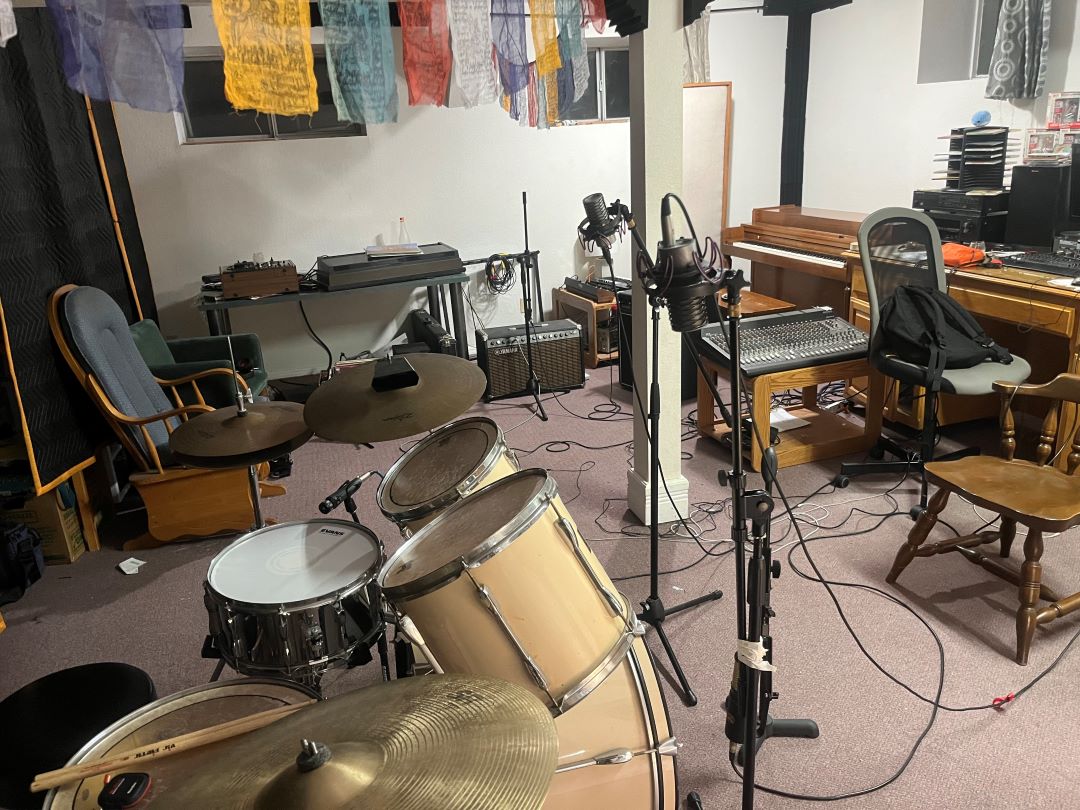
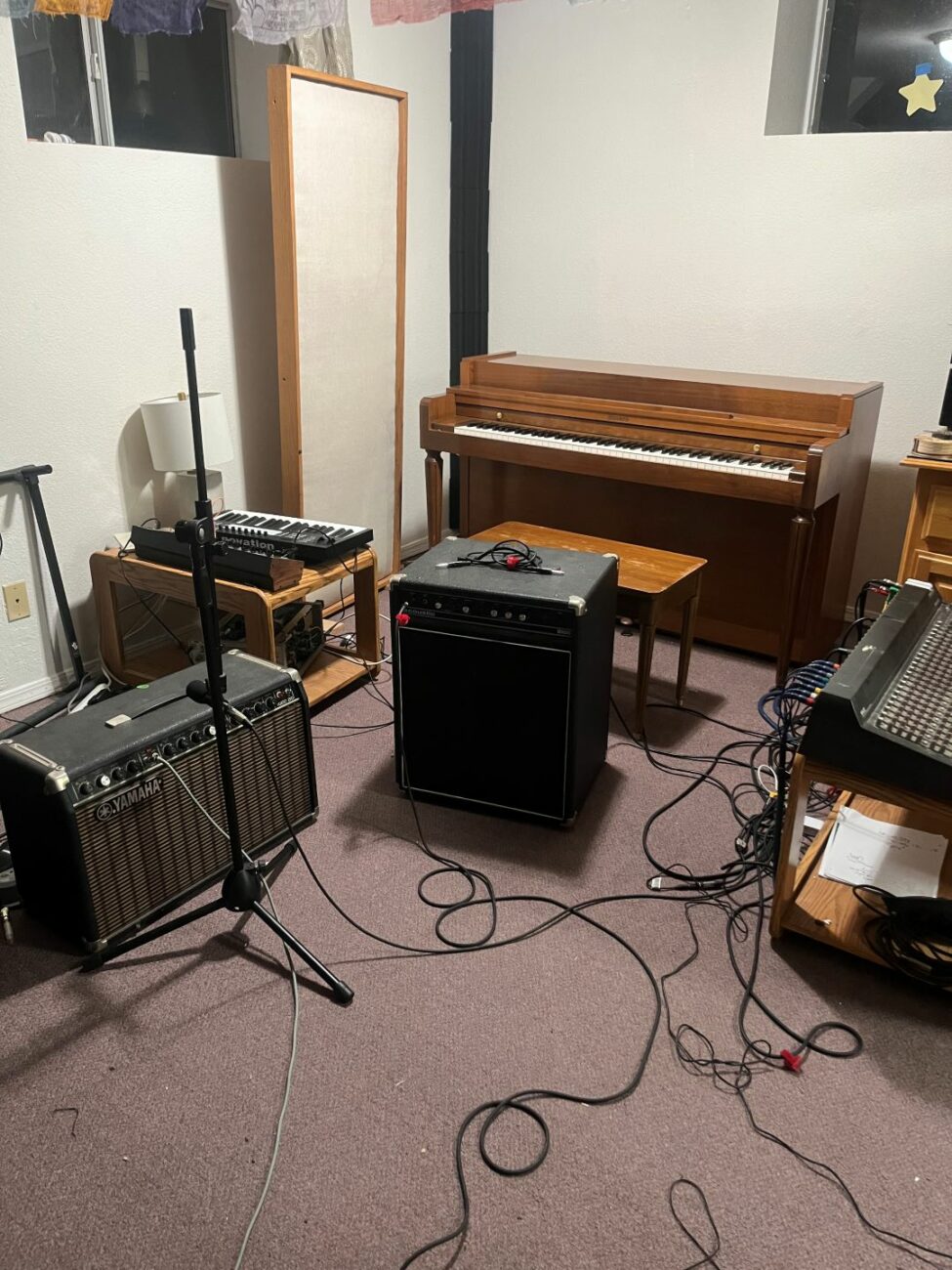
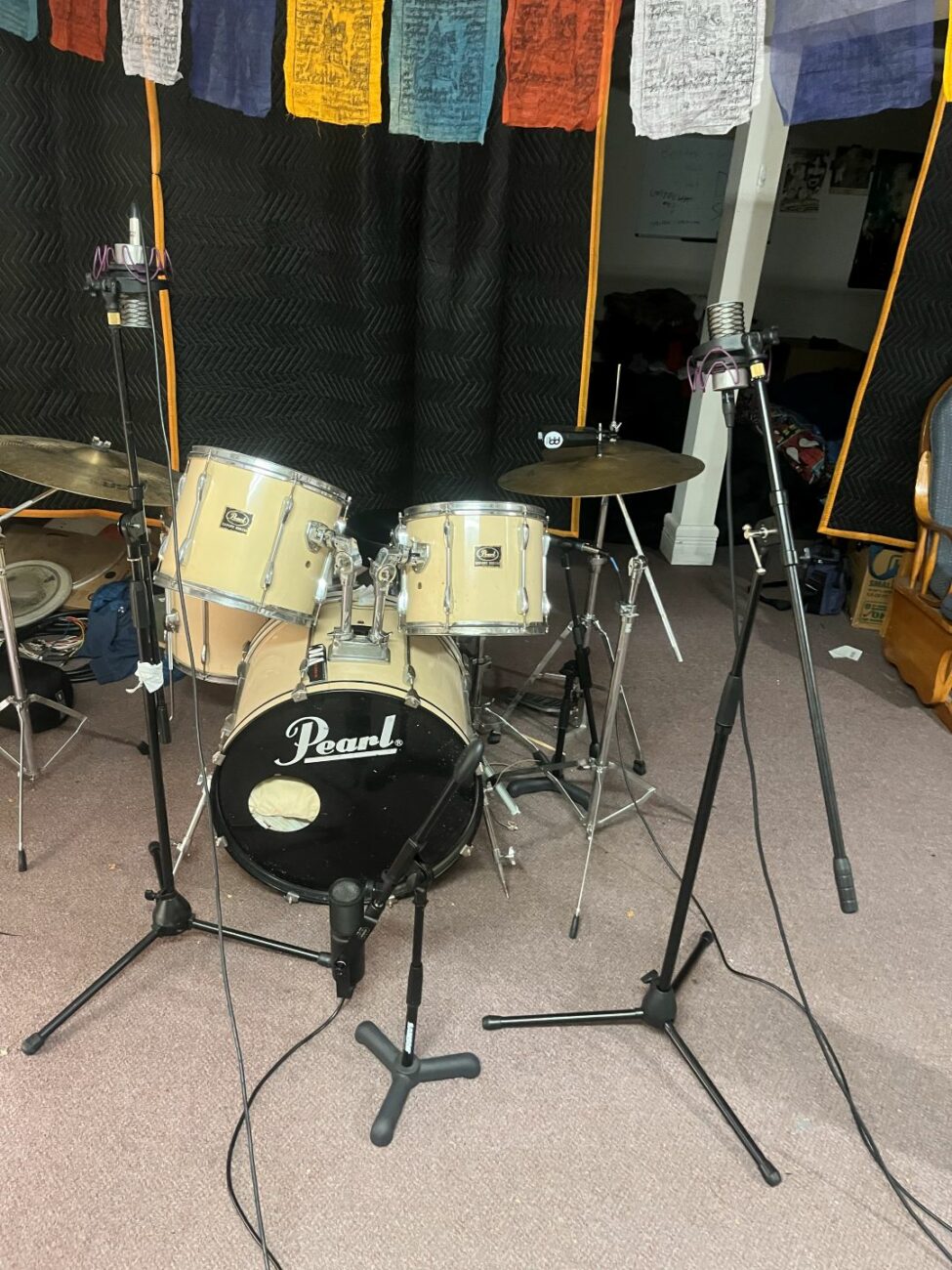
Artists are falling out of communities and physical spaces, leaving music scenes as a specter of the past. Avid for centralization, Marienthal wants people looking in the same place for new releases, a rare phenomenon evident in San Luis Obispo.
Community is easily grown amongst Cal Poly students, eager to engage in live interactive performances and production. San Luis Obispo’s sheer size lends itself to an interconnected culture of support, creativity and healthy competition.
Marienthal recounts his favorite moment in all his years here: Battle of the Bands. The face-off of local bands the Honeyboys, reaching pinnacle success in 2021 vs the at the time, up-and-coming Couch Dog.
“Oh my god! Couch Dog pulled off the craziest set ever — that was the first time they brought out the boxers and the pit of punch drums. Couch Dog won, and it’s like THAT’S the local small-town drama excitement.”
A testament to underdog spirit, Marienthal, like so many others, possesses a tender connection to these deemable “fan favorite” young artists. The picture of San Luis Obispo bands rising together to push one another forward in a friendly competitive fray for a spot at Shabang or for a slot at a local house show, is what colors his face with a smile.
He explains this beautifully: “That’s something that is rare in any city in the world, at least right now… music is indispensable for something like that to exist.”
The SLO music scene vs. online hopes
For Cadence Baker, the Central Coast is a place where authenticity is cherished and her passion fulfilled, heightened by the shared company that runs deeper than online validation.
Marienthal and Baker, longtime friends, recorded her debut EP, “Sentimentalist” at “Cable City” Studios. The fellow producer is also torn between the experience of marketing herself as an artist without cheapening her art.
“What am I going to do? I put in all of this work and this means so much to me, now I’m gonna have to make it all into a three-second marketable reel?” she remarks over Facetime.
For Baker, the desire for people to listen to her music is not narcissistic but a bid for connection on hard work, long hours and emotional baggage that the digital age makes hard to do.
Leaning into the community in San Luis Obispo has challenged her idea of success from a once cynical prospect on music marketing. The Los Angeles native only understood music from a non-community-oriented superstardom, a place where dreams go to live or die.
“Then I came to SLO,” she said. “Being here has really redefined my idea of success. I got a really awesome response to “Sentimentalist.” These people come up to me and are like, ‘I was listening to your song and crying last night.’ My friends won’t shut up about it to everybody that they meet, and I’ll be getting DMs from random people.”
The two friends often interchange opinions on music interaction (Baker expressing her complaints to Marienthal); both landing on the route that immediate listeners are more valuable than strangers on the internet. Having a domino effect of close friends sharing their music, engagement branches out from there. “Being here kind of has the opportunity to rewire your brain a little bit about what success is for music and what’s gonna be fulfilling to you” she smiled. “And it can be really, really cool and fulfilling to be creating in a community.”
Redefining SLO-cess
In a town with a different definition of success, getting there requires some respectively different procedures. “Making it” is about fostering real, meaningful interactions.
The Rec Hub founder, CEO and Chief Recording Engineer, Ivan Ditscheiner, has always been involved in recording, but four semesters into Cuesta College’s music program got him hooked on the idea of recording with bigger and even better technology, something unavailable in his youth.
Alas, the Rec Hub became a literal hub for up-and-coming local musicians.
His contribution to the tight-knit scene: providing a way for small artists to get their work on streaming platforms in a consistent professional manner. Working with bands like Couch Dog, Krooks, Earthship and Margot Sinclair, Ditscheiner’s access to high-quality recording equipment gives college students access to high-quality demos. Allowing audiences to now sing their lyrics right back at them.
Ditscheiner’s nonprofit is a stepping stone and physical space presenting collaborative opportunities.
“It’s an enormous victory,” Ditscheiner says. “It’s funny, they’re like, ‘You’ve been so much a part of it,’ and I’m like, ‘You are the one who wrote the songs!’”
Ditscheiner swoons over indie rock band Margot Sinclair’s 2024 single, “Is This for Love?” (a slow but ever so rhythmic and raw rock ballad), showing me the stems falling horizontally across his monitor. With hints of surf rock and classic country, the band’s old fashion sound is a testament to their likewise old-fashioned strategies.
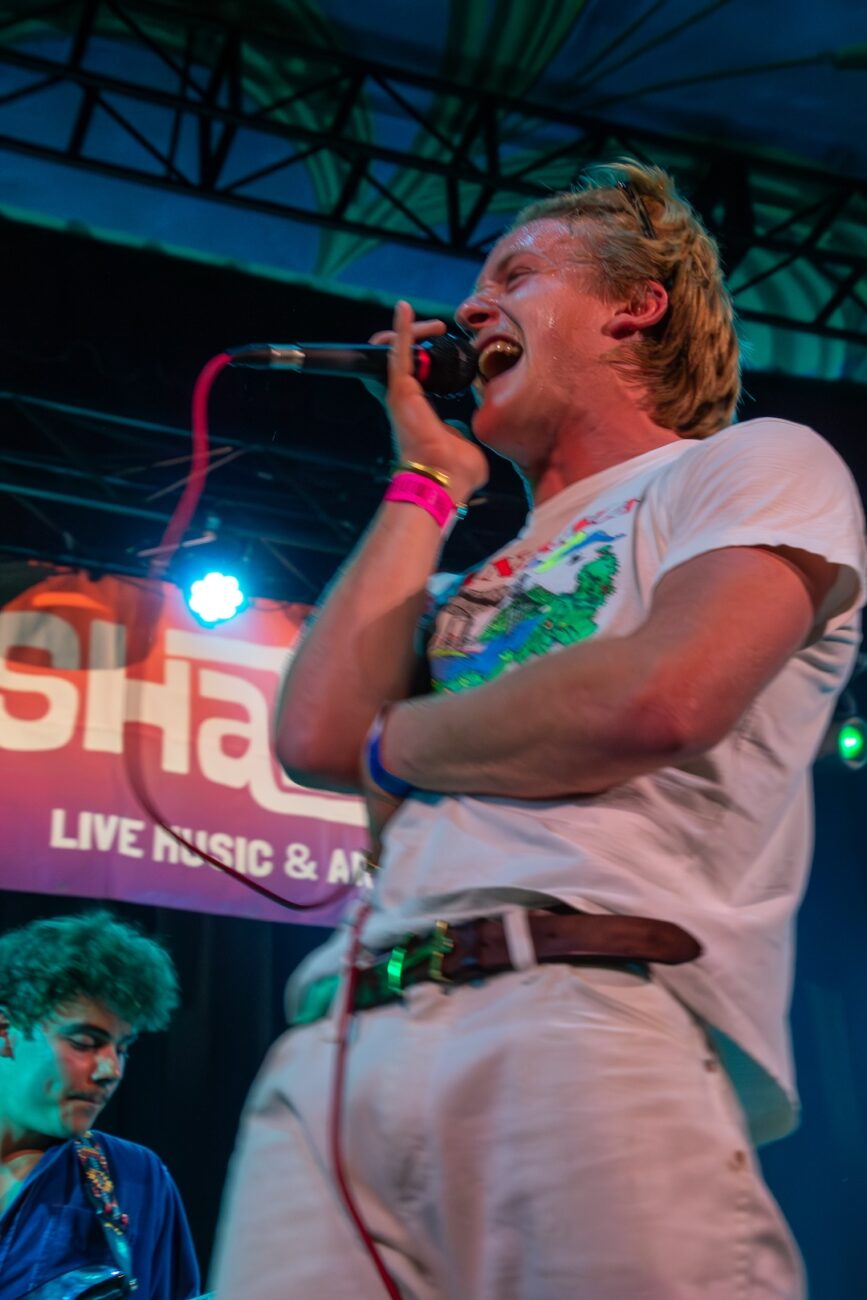

Whether it’s walking around campus for hours passing out flyers, countless phone calls or buying a manager a beer, Margot Sinclair leans away from social media to make connections in the industry.
The members aim to differentiate themselves from the pools of cardboard-cutout boy bands who post seemingly old-hat content on TikTok. Lead singer and songwriter, Kyle Mix, pokes fun at their sad contentment, falling into a realm of stale, clockwork-like videos.
“We would probably get likes,” he admits. “But I think people can see through that and see that we’re just lying…”
Instead of seeding a trap for likes and views, Mix and fellow bandmates lean into something else. The group appears to have the one thing that weeds them from the rest and leaves record label managers wanting more — character. The band is unapologetically and authentically themselves.
Mix ribs guitarist Luke Sutherland’s inharmonious fashion sense, wearing double XL graphic T-shirts with socks up to his calves and dickie shorts past his knees.
Mix leans into his chair, “We have accepted people love to see our personality and see us fucking around on stage and being casual and talking to each other. We saw the benefit of keeping our character and still growing as people outside our music.”
The town remains a snapshot of a bygone era. If you want to play live in the generationally owned Central Coast, physically walking around and “pestering” venue owners is far more valuable than sitting around waiting to “be discovered.” This mentality led Mix to call up venues, exposing the band to the plentiful amount only requesting websites and a music catalog (uninterested in TikTok following).
After all, the squeaky wheel gets a Friday night opening slot at the Libertine…
“Walk down to the bar, shake someone’s hand and introduce yourself. Tell them what you’ve done and what you can do.”
The raspy-voiced highflier performed at the Shabang Music and Arts Festival just last year and shared his humanistic approach: talking to managers and staff after their performance.

“We got emails and phone numbers of big people solely because we came up to them. Like, ‘Hey, I’m Kyle!’ Are you here enjoying the music?’” he spouts a tangent of recalled conversation. “‘No, I’m actually the manager of all these massive bands.’ They’re drunk talking to you like just another dad that would be at my parents’ house for dinner one night.”
Like a facade on the sanded horizon, small artists clutch onto the idea of being discovered like wandering a desert parched, searching for water. But what if this forbidden drink is just simply one? Leaning into communities rather than tackling the online abyss alone, the San Luis Obispo DIY scene thrives off networking, live performance and the selfless producers who create space for it.
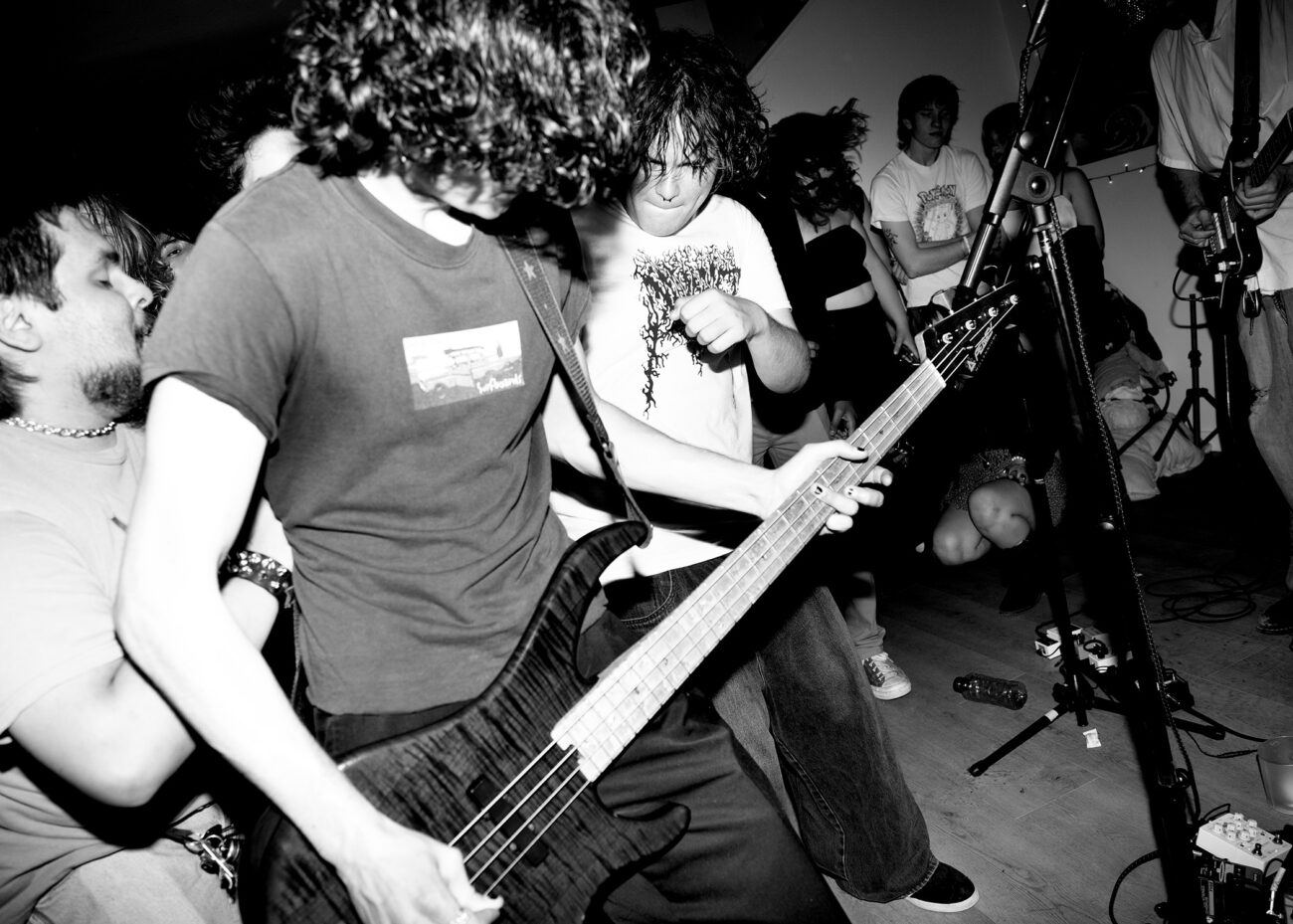
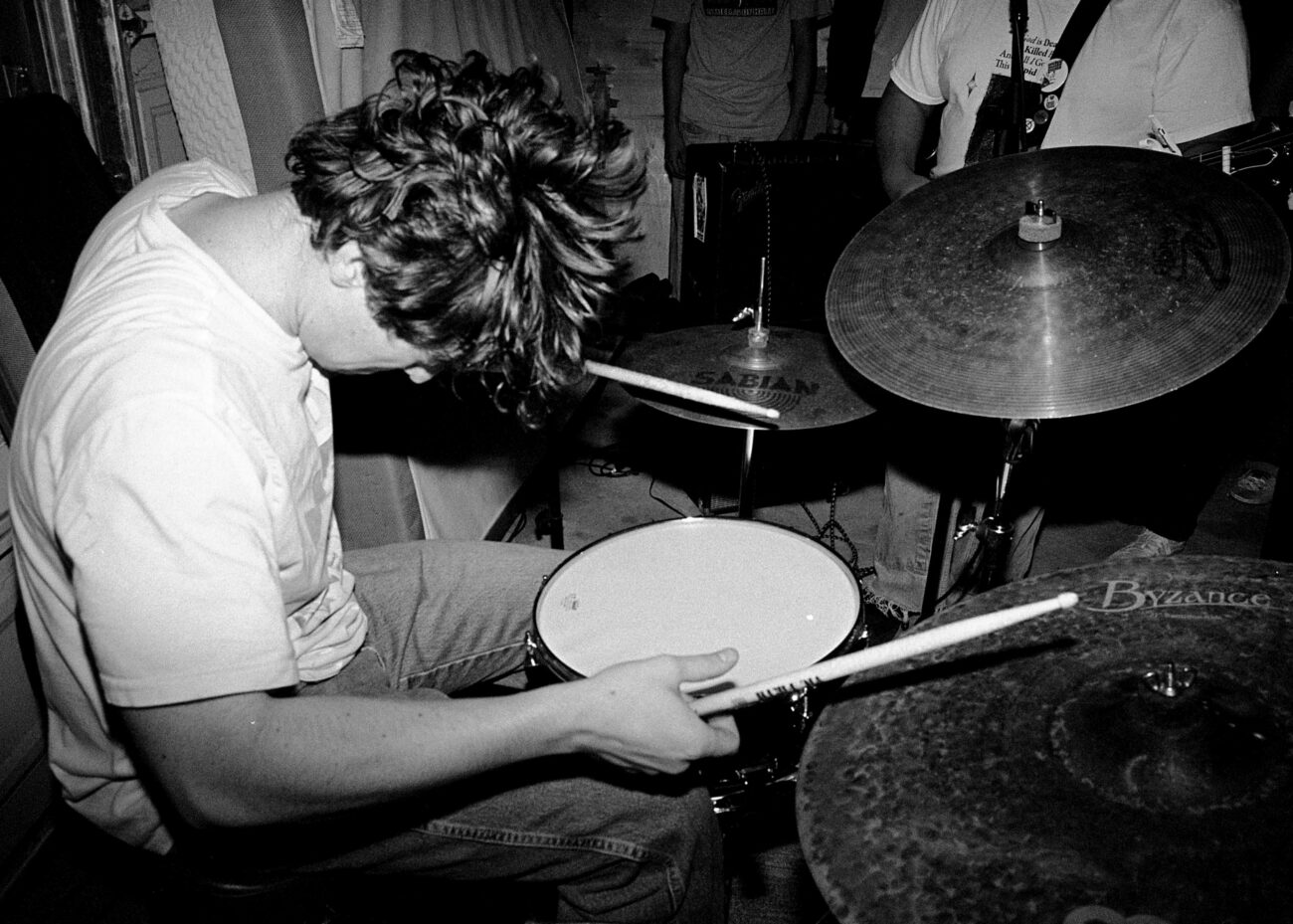
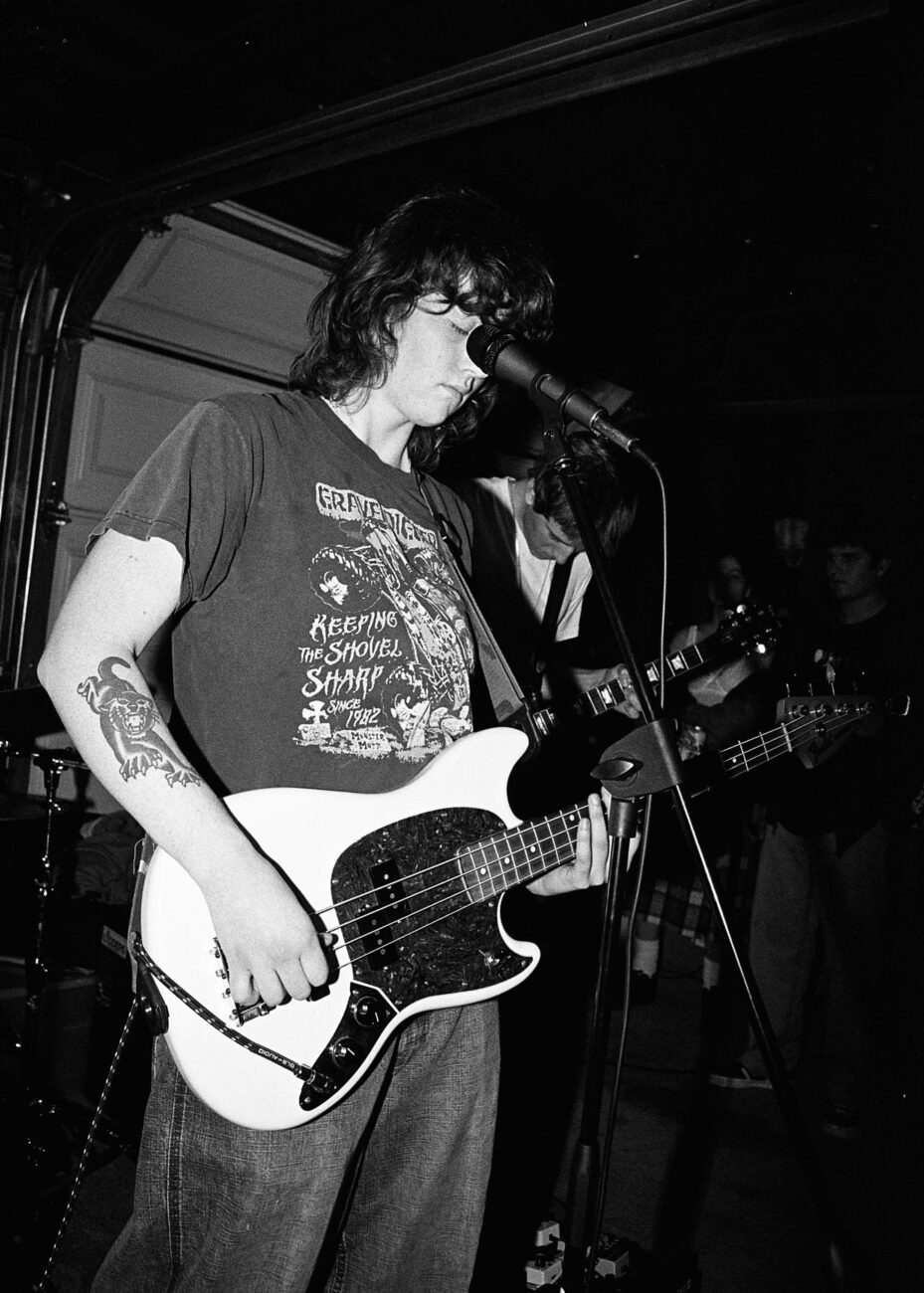
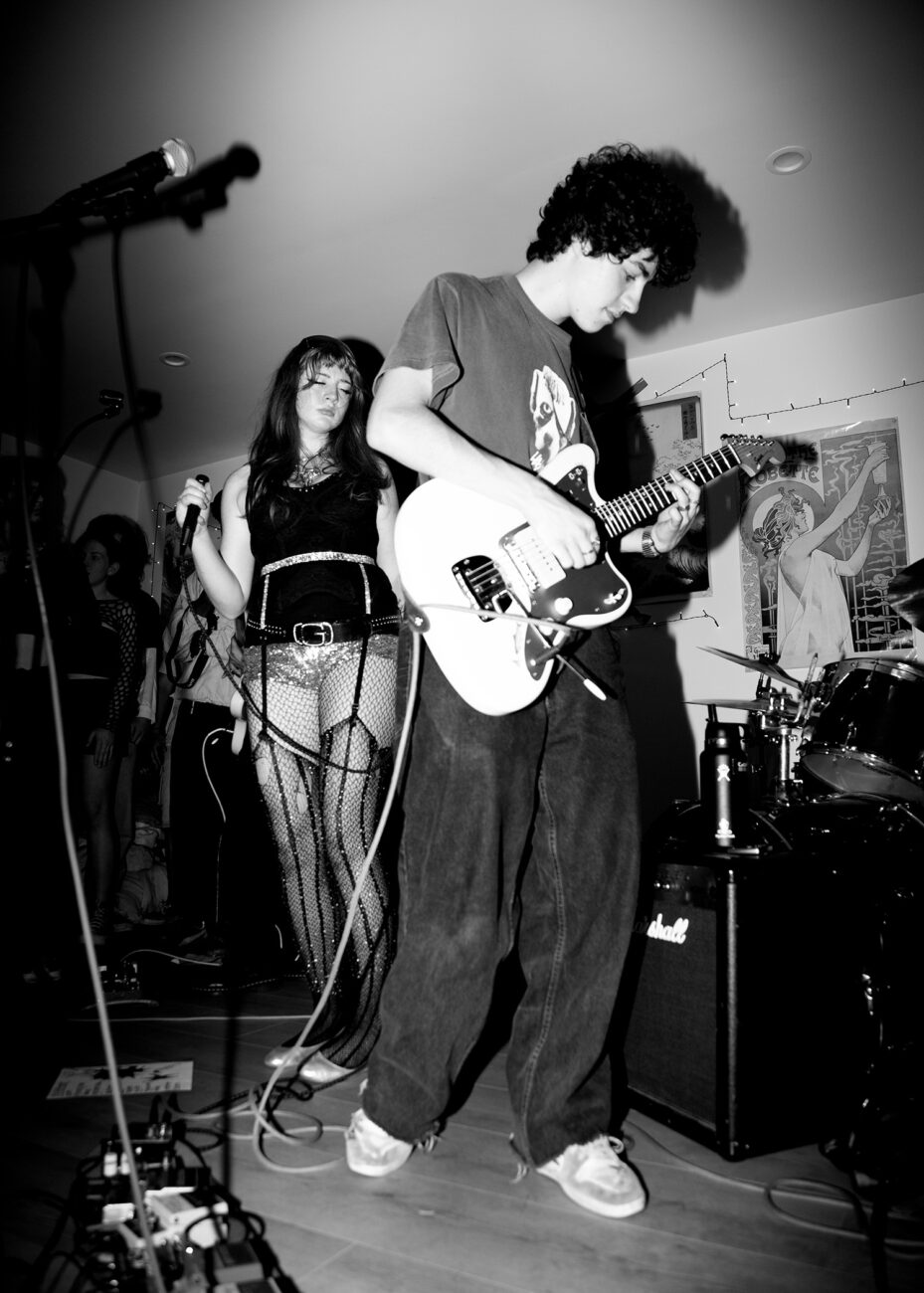
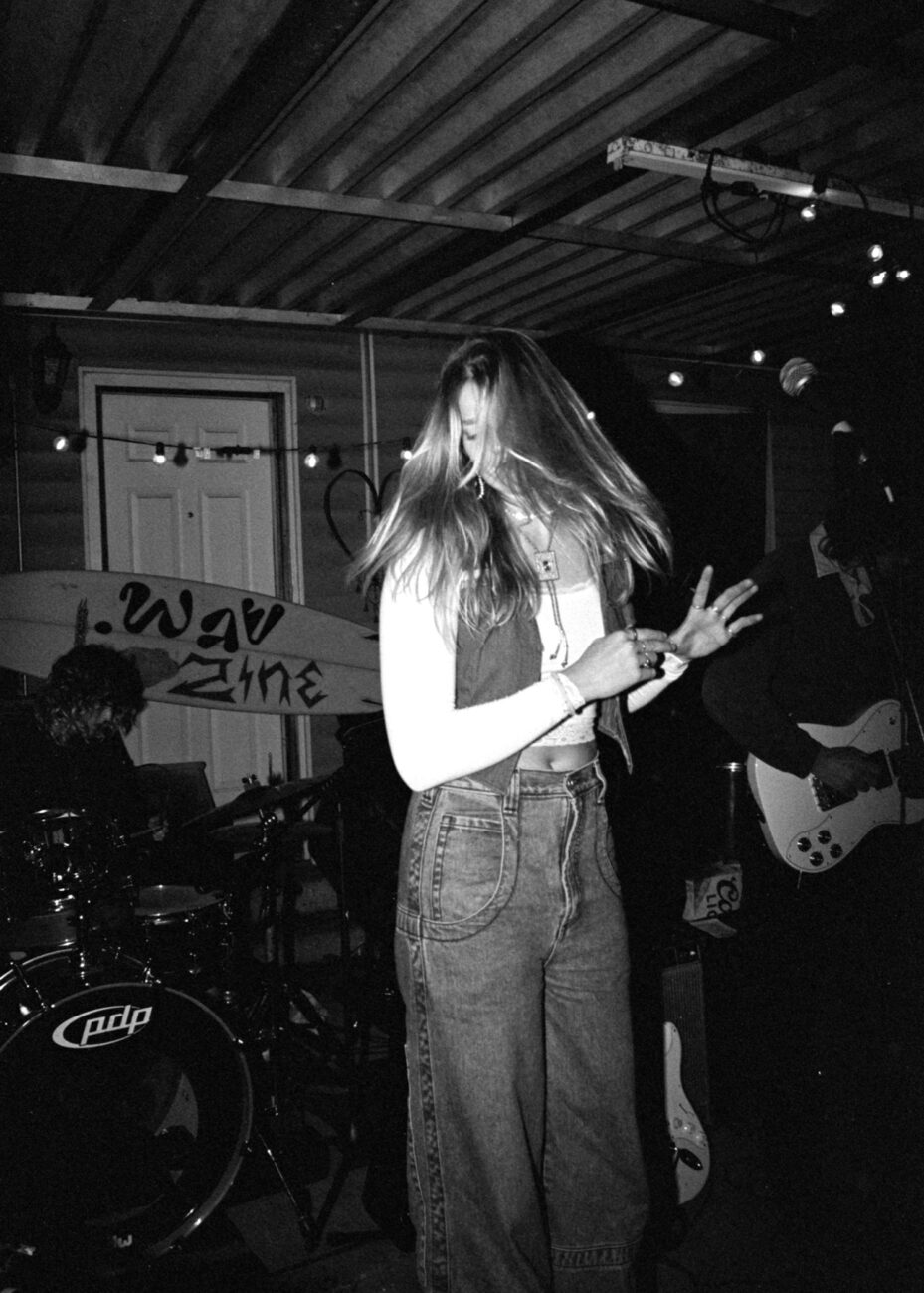
“It’s realizing that it’s not all waiting for something to happen to you,” Mix said. “Not to their fault, but I think they think that’s the only way. They’re limiting themselves.”

